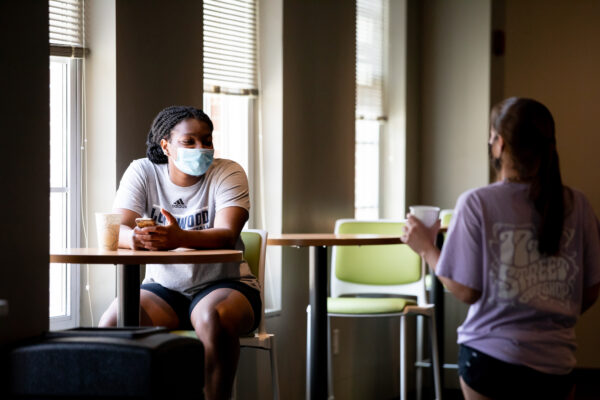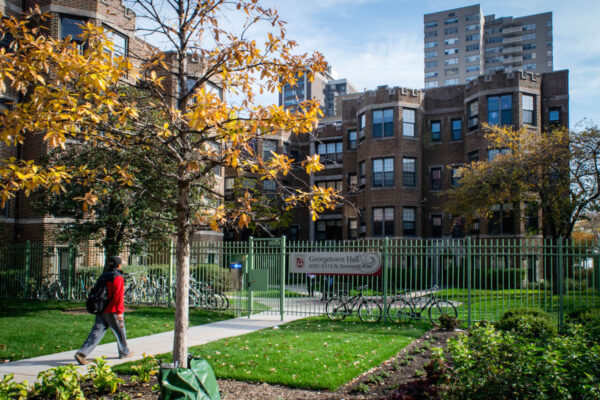What We Know About Enrollment Changes in the Time of COVID-19
Title: Stay Informed Enrollment Dashboard
Authors: The National Student Clearinghouse
Source: The National Student Clearinghouse
The National Student Clearinghouse Research Center has launched a series called Stay Informed to provide the most up-to-date information around enrollment in postsecondary education. The dashboard examines how enrollment has shifted as a result of COVID-19 and compares enrollment data for May through July 2020 with enrollment data from the last two years (2018 and 2019).
Some major pieces to highlight in overall enrollment changes include:
- Enrollment increased modestly at public and private nonprofit four-year institutions, but decreased for public two-year institutions. Overall, public four-year institutions had a 2.8 percent increase in undergraduate enrollment and 3.4 percent increase in graduate enrollment. Private nonprofit four-year institutions saw a 4.0 percent increase in undergraduate enrollment and 3.2 percent increase in graduate enrollment. In contrast, at public two-year institutions experienced a 5.6 percent decrease in enrollment.
- Total enrollment in summer 2020 was lower across nearly all racial and ethnic groups, but Black students experienced a larger decline than all other groups when compared with summer 2019. The decrease in total enrollment was much larger among Black students (a 6.1 percent change) than among White and Hispanic or Latinx students, who experienced a 2.3 percent decline each.
- Asian students were the only group for whom there was an increase in total enrollment for summer 2020 (an 8.5 percent change).
- By award level, it is important to note that the most noticeable enrollment decrease of any racial or ethnic group occurred among Black undergraduate students. Compared with summer 2019, Black student enrollment in summer 2020 decreased 8 percent among undergraduate certificate programs, 9.9 percent among associate degree programs, 6.2 percent among bachelor’s degree programs, and 9 percent among post-baccalaureate programs.
To explore details of the enrollment data dashboard, please visit the National Student Clearinghouse COVID-19 enrollment dashboard here.
—Ángel Gonzalez
If you have any questions or comments about this blog post, please contact us.


